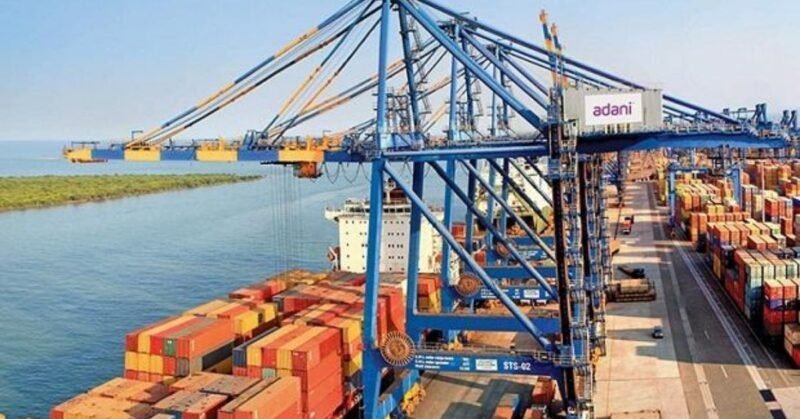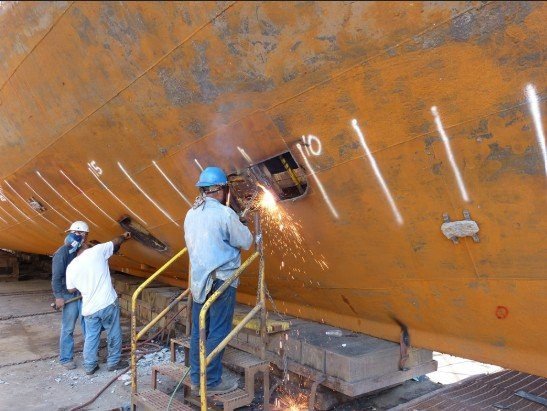India, a country known for its rich history and diverse culture, has recently been making significant strides in its port infrastructure. The development of ports across the nation is not only a testament to the country’s economic growth but also an indicator of its overall national development.
In recent years, the Indian government has been prioritizing the expansion and modernization of its port sector. This initiative is aimed at improving the country’s trade and connectivity with the rest of the world, attracting foreign investments, and boosting economic growth. As a result, India has witnessed a remarkable transformation in its port infrastructure, setting the stage for a new era of development.
One of the key drivers behind this transformation is the emphasis on sustainable and environmentally friendly practices. The government has recognized the importance of reducing carbon emissions and promoting clean energy in the port sector. As a result, several ports across the country have adopted measures to minimize their environmental impact. From installing solar panels to using electric vehicles for cargo handling, these ports are setting an example for sustainable development.
Another significant aspect of India’s evolving port infrastructure is its focus on digitalization and automation. With the implementation of cutting-edge technologies such as artificial intelligence, blockchain, and Internet of Things (IoT), the country’s ports are becoming more efficient and streamlined. Automated processes and real-time data exchange are reducing paperwork and easing the flow of goods, making trade operations faster and more transparent.
The development of world-class infrastructure is not limited to major ports like Mumbai and Chennai. The government is also investing in the development of smaller ports and coastal regions, aiming to create a network of interconnected ports across the country. These smaller ports, often located in remote areas, are providing employment opportunities and boosting regional development. They are also acting as catalysts for the growth of adjacent industries and attracting investments in sectors such as manufacturing and logistics.
India’s evolving port infrastructure is not only transforming the country’s economic landscape but also enhancing its strategic importance on the global stage. As India aims to become a global manufacturing and trading hub, its ports are playing a crucial role in connecting the country with international markets. The development of deep-sea ports capable of accommodating large vessels and the improvement of connectivity through dedicated freight corridors are strengthening India’s position as a key player in global trade.
Furthermore, the modernization of port infrastructure in India is not just limited to sea ports. The government is also investing in the development of inland waterways, recognizing their potential as a cost-effective and environmentally friendly mode of transportation. The National Waterway-1, a riverine route stretching over 1,390 kilometers, is being developed as a major water corridor, connecting the eastern and northeastern regions of India to the Bay of Bengal. This development will not only reduce road congestion but also provide an alternative mode of transportation for bulk cargo.
In conclusion, India’s evolving port infrastructure is a clear indication of the country’s national development. The emphasis on sustainability, digitalization, and connectivity reflects India’s commitment to becoming a global economic powerhouse. As the country continues to invest in its ports and coastal regions, it is paving the way for a brighter and more prosperous future.
Share it now

















